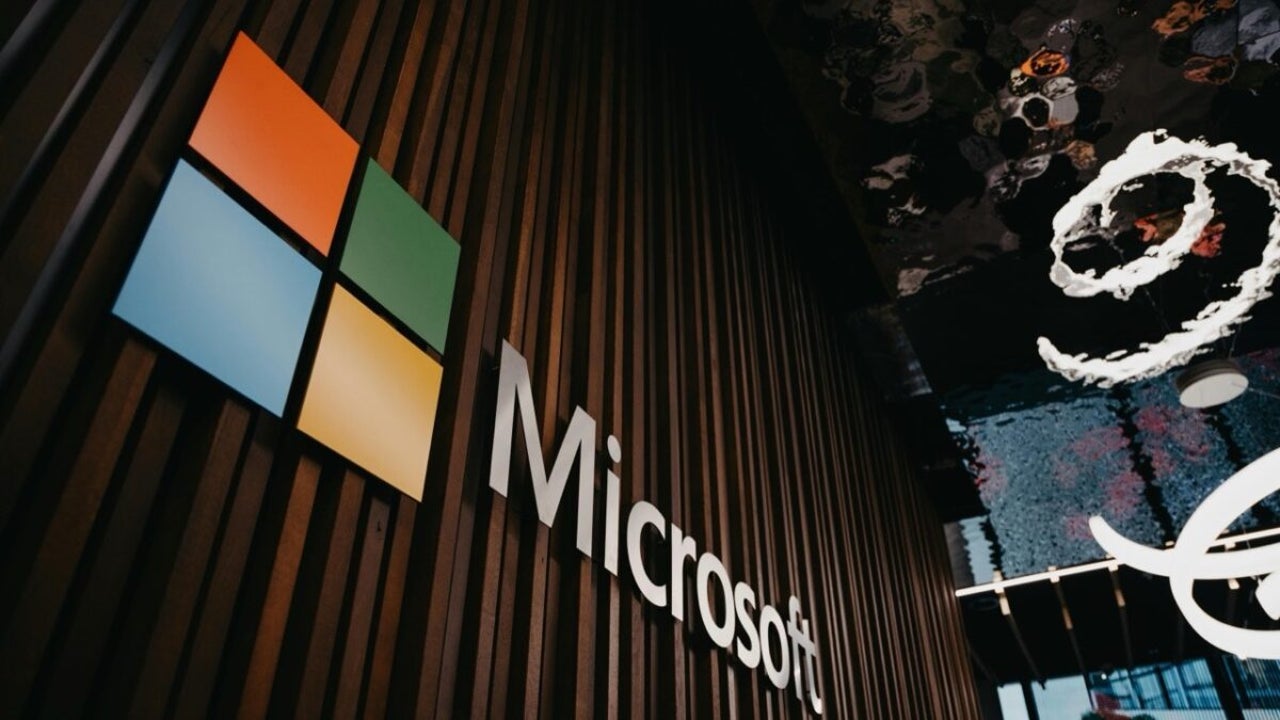News
Satya Nadella confirms it: 30% of Microsoft’s code is written by AI
Microsoft CEO Satya Nadella reveals that 30% of the company’s code is now written by AI, signaling a major shift in software development practices.

- May 1, 2025
- Updated: July 1, 2025 at 9:45 PM

In a revealing conversation at LlamaCon, Microsoft CEO Satya Nadella confirmed that artificial intelligence now generates about 30% of the code across some of the company’s projects. This insight underscores a major shift in how big tech companies are embracing AI for software development, highlighting not only its growing capabilities but also its increasing acceptance among engineers.
AI is becoming a core developer at Microsoft
Nadella explained that Microsoft closely tracks acceptance rates of AI-generated code, which currently range between 30% and 40% and are steadily rising. The AI tools are proving especially effective at producing entirely new blocks of code, rather than editing existing software. While much of Microsoft’s infrastructure remains in C++—a language where AI still underperforms—the newer Python codebases have shown “fantastic” results when written by AI systems.
Meta sees a similar future
In the same panel, Meta’s Mark Zuckerberg revealed that his teams are also exploring self-coding systems. While Meta doesn’t yet have hard figures, Zuckerberg predicted that AI could be responsible for up to 50% of coding within a year, especially in machine learning projects. Both executives emphasized that the evolution of development tools and infrastructure is critical to supporting this transformation.
The line between app and document is fading
Nadella also noted a deeper shift: the convergence of tools like Word, Excel, and PowerPoint into a unified AI-driven experience. He envisioned a future where you start with a simple intent and end with a living software artifact, blurring traditional boundaries between applications and data formats.
Latest from Agencias
- Netflix offers an amazing science fiction series with Emma Stone and Jonah Hill
- Earning less in exchange for working from home: the new reality for many engineers
- The CEO of Microsoft AI makes it clear: "AI does not feel or have consciousness"
- If you use Google Translate now you can choose between quick or reliable translation
You may also like
 News
NewsDwayne Johnson ended up firing his own agents for not believing in his potential to be a star
Read more
 News
NewsIf you're waiting for Just Cause 5, don't keep waiting, because there have been massive layoffs at its development studio
Read more
 News
NewsThe Solitaire World Championship has been announced with a prize of 150,000 dollars for the winner
Read more
 News
NewsThe study behind Arc Raiders gets serious with cheaters protecting those affected by them
Read more
 News
NewsIf you liked Undertale, this Japanese RPG has taken its place to give us one of the most unique games of the year
Read more
 News
NewsThe co-founder of Rockstar Games confirms why they never released their espionage game: they couldn't compare to GTA
Read more